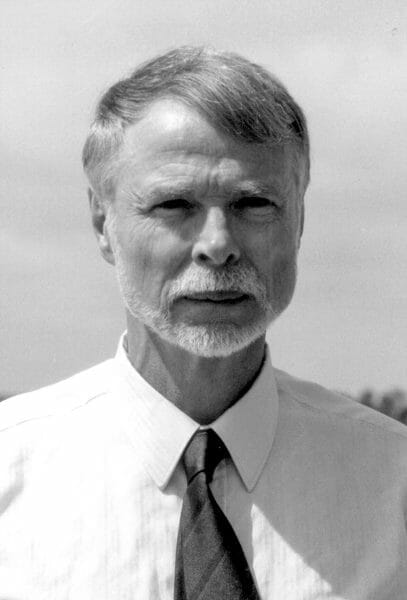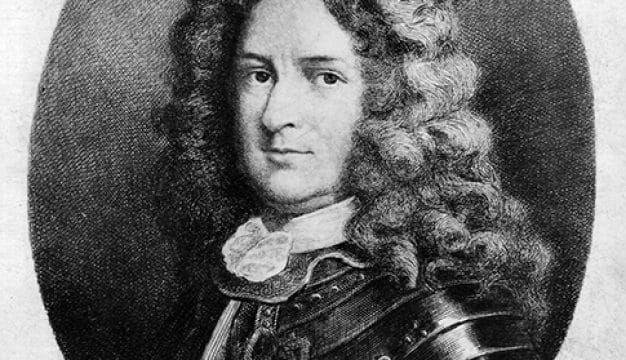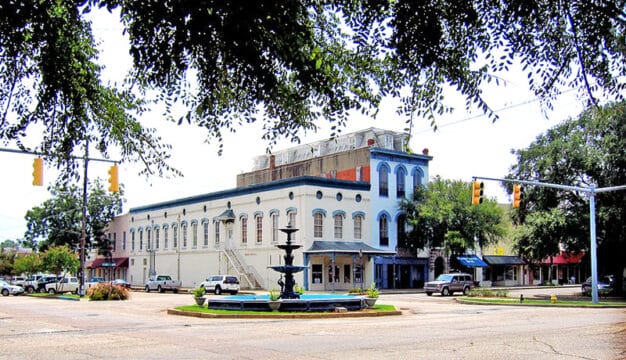Porter Anderson
 Porter Anderson
Microbiologist Porter W. Anderson Jr. (1937- ) is known for developing a vaccine to protect infants from Haemophilus influenzae Type B, or Hib, a leading cause of bacterial meningitis. Prior to development of the vaccine, Hib killed or seriously injured hundreds of thousands of children throughout the world, often causing damage to the brain and spinal cord. The vaccine is credited with protecting nearly 700,000 lives as of early 2011. Anderson later worked on a successful vaccine against pneumonia.
Porter Anderson
Microbiologist Porter W. Anderson Jr. (1937- ) is known for developing a vaccine to protect infants from Haemophilus influenzae Type B, or Hib, a leading cause of bacterial meningitis. Prior to development of the vaccine, Hib killed or seriously injured hundreds of thousands of children throughout the world, often causing damage to the brain and spinal cord. The vaccine is credited with protecting nearly 700,000 lives as of early 2011. Anderson later worked on a successful vaccine against pneumonia.
Anderson was born in Corinth, Mississippi, on January 1, 1937, the firstborn of Mary Rogers Anderson and Porter Warren Anderson Sr., who later in 1937 became superintendent of the Montgomery plant of the Buckeye Cotton Oil Co. Thus, Anderson was raised from age three months in or near Montgomery, Montgomery County, where his sister Sarah was born in 1941.
After graduating from Montgomery’s Sidney Lanier High School in 1954, Anderson earned a bachelor of arts degree in chemistry from Emory University, in Atlanta, Georgia, where he won a Woodrow Wilson Fellowship for post-graduate study. He then worked for three years as an agricultural chemist for United Fruit Co. in Honduras, where he observed firsthand the health problems faced by poor children in underdeveloped countries. In 1961, he began graduate study at Harvard University, earning an M.A. and a Ph.D. degree in bacteriology. With a developing interest in civil rights, he taught from 1966 to 1968 at Stillman College, a historically black college in Tuscaloosa, Tuscaloosa County, and was a member of an interracial protest delegation at the 1968 Democratic National Convention in Chicago.
In fall 1968, Anderson returned to Harvard and began research on prevention of the Hib disease with pediatrician David H. Smith. Early tests of the first vaccine on animals were inconclusive, so Anderson and his colleagues tested the vaccine on themselves; the tests proved to be successful in raising specific antibodies against Hib. The vaccine’s major field trial took place in Finland, where about 100,000 children were vaccinated in 1975. The vaccine was effective in young children but not in infants, who are the most vulnerable. Anderson and Smith then moved to the University of Rochester, where they developed a more complex version of the vaccine; it worked in very young infants and became part of routine vaccinations in the United States in 1990. Anderson has credited the U.S. National Institutes of Health for financial support and the U.S. Food and Drug Administration’s Bureau of Biologics for guidance in the development of the vaccines.
The complex meningitis vaccine has since been credited with reducing the disease in the United States by 99 percent since its introduction in 1990. Before Anderson’s discovery, more than 20,000 cases were reported every year, and more than 1,000 individuals died in the United States alone. About 45 percent of the survivors were left with permanent damage, such as mental retardation and deafness. During the past decade only a few hundred instances of the disease were reported in the United States, generally less than 40 cases a year. This and similar Hib vaccines were quickly employed by industrialized countries in Europe and eventually came into use worldwide.
Anderson and colleagues in Rochester later developed a complex vaccine against the equally dangerous bacteria Streptococcus pneumonia, or pneumococcus, best known as a cause of pneumonia but which also causes meningitis in children. This vaccine was introduced in developed countries in 2000. The World Health Organization (WHO) reports that pneumococcal diseases still kill about one million children worldwide each year, mostly in poor, undeveloped countries. Since retirement Anderson has been conducting research on a voluntary basis at Children’s Hospital Medical Center in Boston, where he is developing an inexpensive alternative to the current expensive complex pneumococcal vaccine. In collaboration with a large team, including microbiologist David Briles of the University of Alabama, Anderson is working with technology that is readily transferable to developing-world manufacturers.
Anderson has been honored with two of the most prestigious awards in medical research. In 1996, he and three research colleagues received the Albert Lasker Clinical Medical Research Award and the Children’s Vaccine Initiative Pasteur Award for Recent Contributions to Vaccine Development. In addition, Anderson was elected in 2010 to the National Academy of Sciences and in 2011 was elected a fellow of the American Academy of Microbiology. He has been awarded six patents on the vaccines, which bring royalties to the University of Rochester, where he worked during their development.
With his sister Sarah Anderson Pope in New York City, Anderson established in 2000 the Anderson-Rogers Foundation, which funds a variety of social and environmental issues that Anderson and his sister believe are as important as vaccinations. Anderson maintains a home in Key Largo, Florida, but also spends time in Boston, where he continues to work toward maknig vaccines more affordable for developing countries, where the need is greatest. Emory Magazine credits Anderson with saving the lives of many thousands of children worldwide, and the Scienceheroes.com Web site lists him among those persons who have saved the most lives worldwide.



